Dear Reader,
My earliest memory of an awe-inspiring landscape is the lateritic tableland in Panchgani, once a quaint town perched on the western edge of Satara district in Maharashtra. This sprawling plateau served as the backdrop to weekend walks during my early boarding school days and on long hikes with my mother and sister, during our exeats (a word used by colonial boarding schools to indicate the short breaks when parents were allowed to visit).
I vividly recall the enchantment of the pockmarked, dark-brick-red rock beneath my feet, the delicate, curling ferns with their seed-laden undersides lining the edges of the plateau, and the meadows dotted with thorny shrubs where we played games with our classmates. I remember how the heavy seasonal rains brought the entire landscape to life; the muddy puddles playing host to little toads and bright dragonflies were a merry distraction as we trundled to the classrooms in our rubber gumboots and raincoats.
Over the years, I learned more about the landscape, from a geological and an ecological perspective, and I hope to revisit it someday, with a different lens. For now, I thought I'd keep my memories aside, and trace the memories of deep time upon this landscape instead.
I'd like to dedicate this article to Suvrat Kher, author of the Rapid Uplift blog (Substack | Blogspot). During my college days, when I was studying different theories on how laterite is formed, I stumbled upon one of his articles [Panchgani Tableland Informs About Western Ghat Uplift History]. I excitedly wrote to him, and our email correspondence blossomed into a wonderful friendship of book-borrowing, rock identifications and so much more. Over the years, I have learned so much from him, and continue to do so.
ECHOES OF DEEP TIME
Around 88 million years ago, the landmass of India unzipped from Madagascar, and then around 65-70 million years ago, it drifted away from the Seychelles islands. This dramatic, tectonic history gave rise to the Western Ghats, a jagged mountain range that runs parallel to the western coast of India. The Western Ghats escarpment — the long, steep slope, that defines the edges of a plateau — stabilized around 47 million years ago, and today, its edges are the result of heavy erosional activity by rain and river water.
Mahabaleshwar, a twin town of Panchgani, is perched on the highest plateau of the Deccan Traps — the step-like volcanic formation that underlies most of India's peninsula — and is capped by thick laterites. Mahabaleshwar's sightseeing spots offer a bird's eye view of some incredible landscapes. From Arthur's Seat, one can see the ridged Western Escarpment, the low-lying Konkan coast, and the box-shaped Krishna river valley. Five rivers, Krishna, Koyna, Venna, Solshi and Savitri originate on these highlands and have carved the lateritic plateau into its distinct five-pronged, or star-fish-like pattern. This pattern is best seen from Wilson's Point.
The view of the jagged Western Escarpment from Mahabaleshwar's Mapro Garden. Image credits: ddasedEn via Flickr (CC BY-NC-ND).
Panchgani, located to the east of Mahabaleshwar, is best known for its laterite-capped tableland, scattered mesas, some caves and natural bridges. I'd previously written about how laterite outcrops form and will delve into greater detail below.
HOW DO LATERITES FORM?
Over the past ~67 million years, heavy, tropical rain and high summer temperatures have caused the Deccan Traps to change. During this long period of chemical weathering known as leaching, soluble elements in the basalt, such as calcium, sodium, magnesium, and silicon, dissolved and were washed away, leaving behind less soluble hydroxides. When these iron or aluminium hydroxides are exposed to air, they harden to form crusts. These crusts are known as laterites or ferricretes (literally, iron-rich concrete), and have a reddish-brown, pockmarked appearance.
Over time, these crusts erode into tablelands and mesas. Here are a couple of popular theories that explain how:
1. Weathering and Erosion: Deep, chemical weathering of the basement rocks, in this case, the basalt layers of the Deccan Traps results in a hardened iron-rich surface known as laterite or ferricrete. Over time, river networks carve their way — both vertically and horizontally — through the lateritized surface and erode it into tablelands. As further erosion occurs on all sides, the tablelands shrink into mesas, which will eventually be smoothened into ridges and gentle slopes. In a few tens of millions of years, Mahabaleshwar and Panchgani's laterite cap will completely disappear. Human activity may speed up this inexorable process.
2. Inversion of River Valleys: Another fascinating theory states that sediment accumulates in shallow, flat-bottomed river valleys, and is hardened into ferricrete. As the surrounding highlands are softer, they eventually erode faster than the ferricrete, leaving behind an inverted landscape — the elevated ferricrete mesas outline what was once a river valley, while the highlands have been eroded into valleys.
This image (source: Ollier and Smith 2008) shows the pattern of ferricrete-capped mesas (in black) along the Bamnoli Range. The dendritic pattern resembles river networks, and it isn't hard to imagine that these mesas arose where once rivers flowed. To the left, the Western Ghats escarpment (WGE) is also marked. The dashed lines indicate the height of the ferricrete base as Widdowson mapped in 1997.
There are several other theories of ferricrete formation, yet what's most fascinating is that they provide evidence of how the Western Ghats were uplifted. The basalt traps and older, Precambrian rocks hold fewer clues, such as fault lines or displaced layers, to hint at how the Western Ghats arose. However, surfaces formed by intense chemical weathering, like ferricretes develop during periods of tectonic stability. The Panchgani ferricrete indicates that after the Deccan Basalts erupted in the latest Cretaceous period, there was a long period of intense weathering without any uplift. If the crust had been actively uplifted, it would erode into sharp peaks and V-shaped valleys. In contrast, weathering on a stable crust forms flat surfaces or peneplains, like the Panchgani tableland and similar surfaces we see further south.
For a detailed explanation, I would recommend Suvrat's post: Panchgani Tableland Informs About Western Ghat Uplift History.
LATERITIC LANDSCAPES
Beyond mesas and tablelands, lateritic surfaces have also been wrought into various other formations. Cavities, alcoves, natural bridges and caves may form when rainwater works its way downwards, eventually leading to a calving of unstable hanging block or cliff failures as evidenced by tumbling boulders, rockfalls or landslides. These formations often resemble those found in limestone or karst landscapes, and typically occur along the edges of the Panchgani tableland.
As you travel further south from Panchgani and Mahabaleshwar, or Khanapur in Maharashtra, into Goa, Uttara Karnataka and further south into Kasargod district in Kerala, you can see more lateritic landscapes — the staggering, hard-topped reddish-brown features, with sparse vegetation through much of the year, but blooming into life during the monsoons.
As we travel through the Western Ghats, we find that some stretches of laterite appear remarkably lush and green. This seems counter-intuitive as the rain has washed away essential minerals like calcium, sodium, magnesium, and silicon, leaving nutrient-poor, iron-rich soils. Yet over time, the dense undergrowth has decomposed to form thin layers of topsoil, providing just enough nourishment for trees to thrive. Some sacred groves scattered along the Western Ghats bear testimony to laterite rocks playing host to vibrant, thriving forests.
A wildflower meadow skirting a seasonal pool of water on Kaas plateau. Image credits: Leenata Bhankhele via Flickr (CC BY-NC-ND).
In recent years, more studies highlight the unique, transient habitats found along laterite outcrops; seasonal, wildflower meadows of Kaas plateau, mosaic, rainfed grasslands and shrublands, and the ephemeral pools, abandoned quarries, and short-lived waterbodies — each providing refuge for a variety of endemic and threatened flora and fauna. Numerous discoveries of new herpetofauna species from these habitats challenge our perception of these landscapes as barren wastelands, and compel us to appreciate the rich biodiversity hosted within these seemingly desolate landscapes.
Beyond biodiversity, we're also finding traces of human history in lateritic landscapes - the discovery of petroglyphs, or rock-cut art dating back 20,000-30,000 years before the present day, offers us an insight into prehistoric, pastoral communities. I'd written about Goa's petroglyphs, and we've discovered several more along the Konkan belt in Maharashtra.
As we learn more about these landscapes, and build upon layers of memory through geology, biodiversity, human history, and personal travels, I hope we can view them as archives of our intricate, tapestried past.
RELATED POSTS





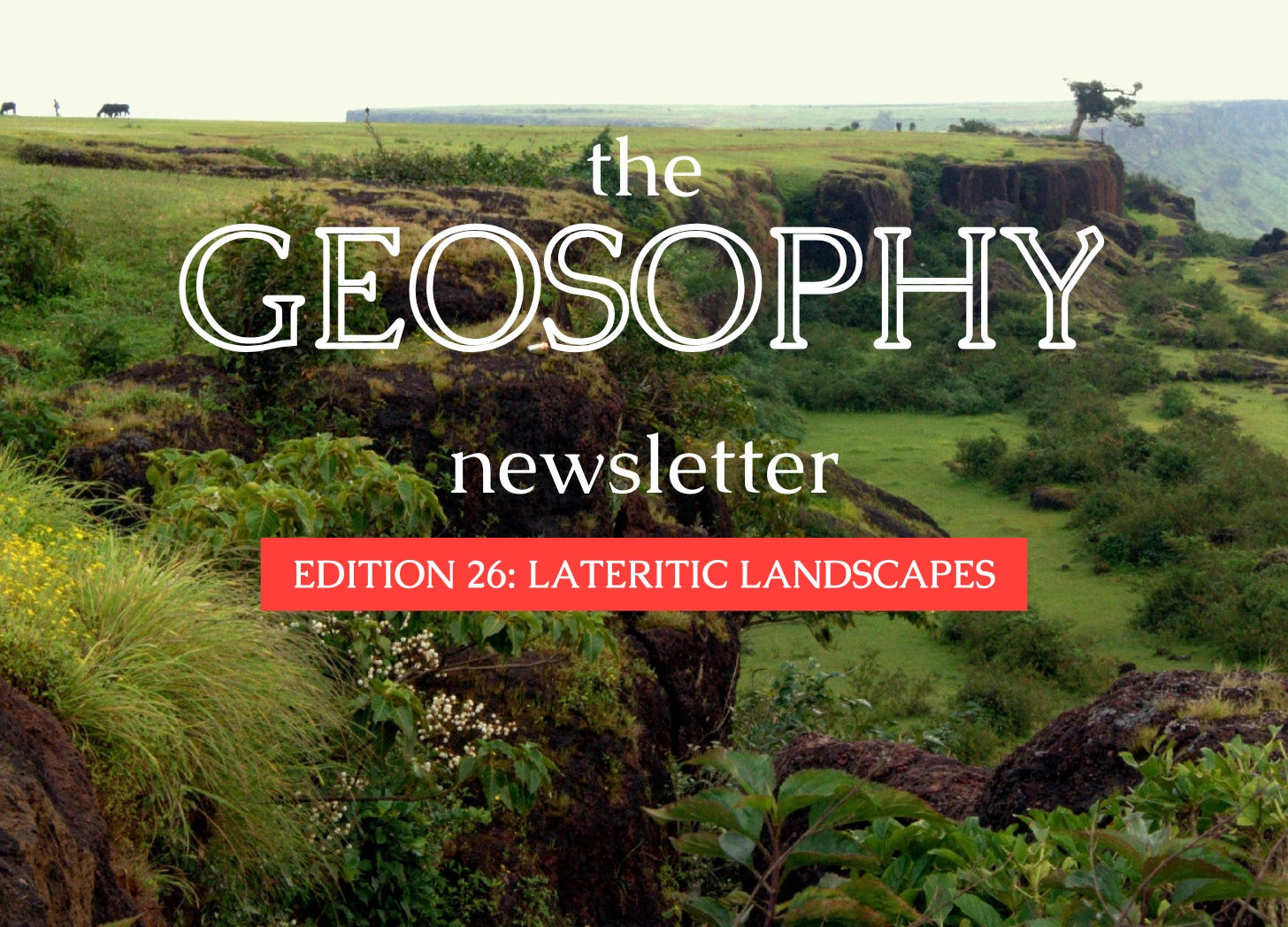
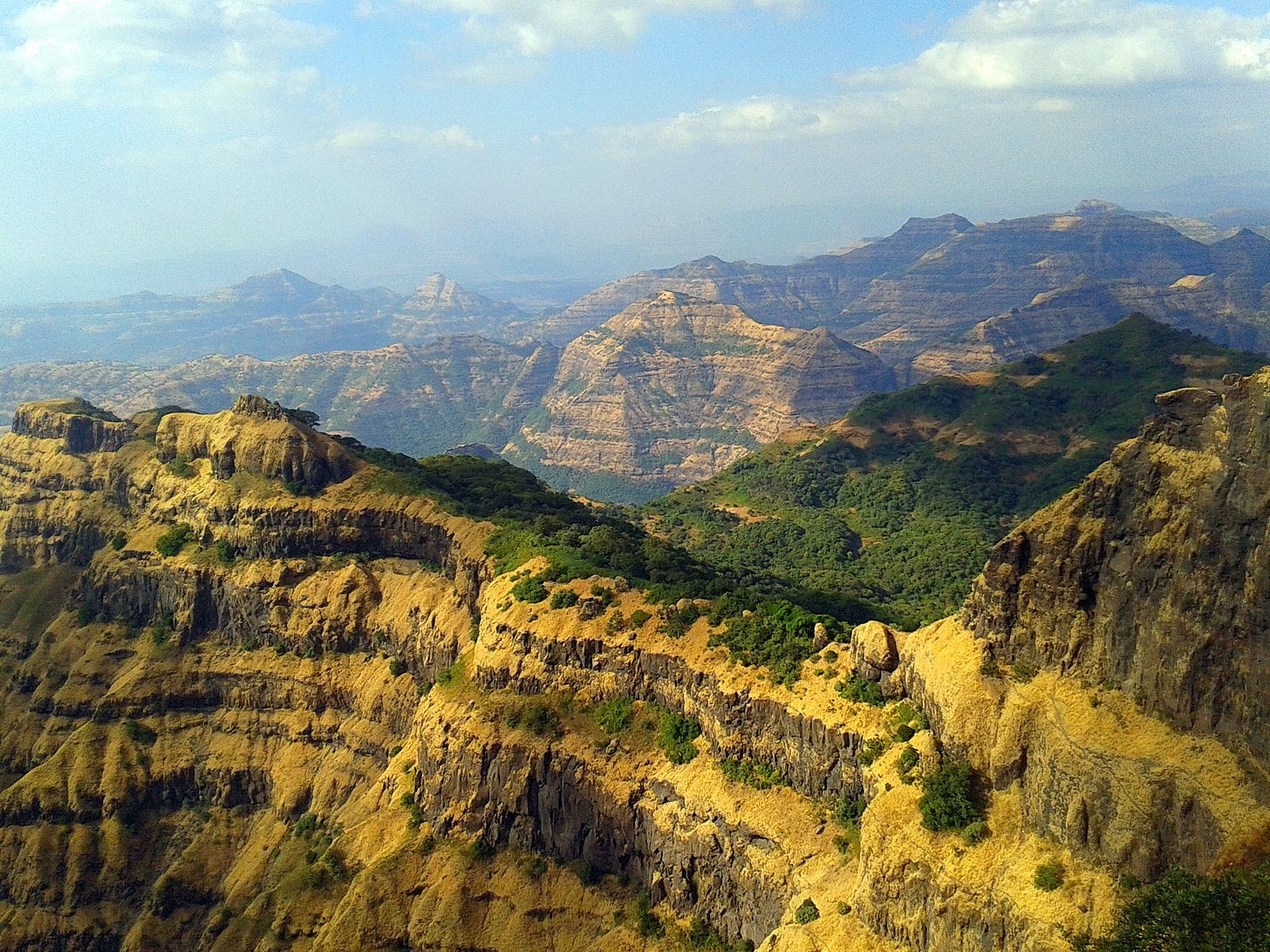
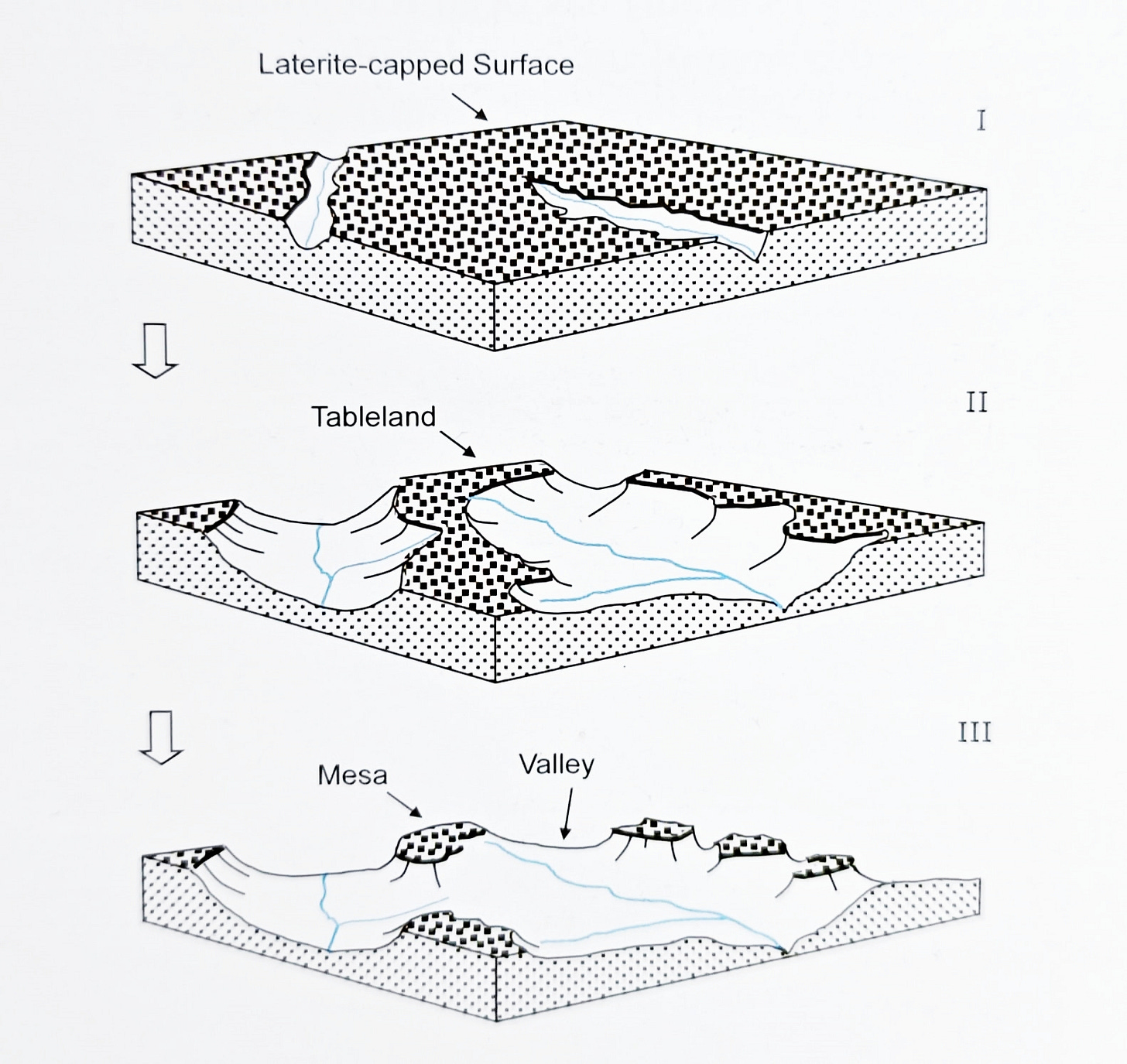
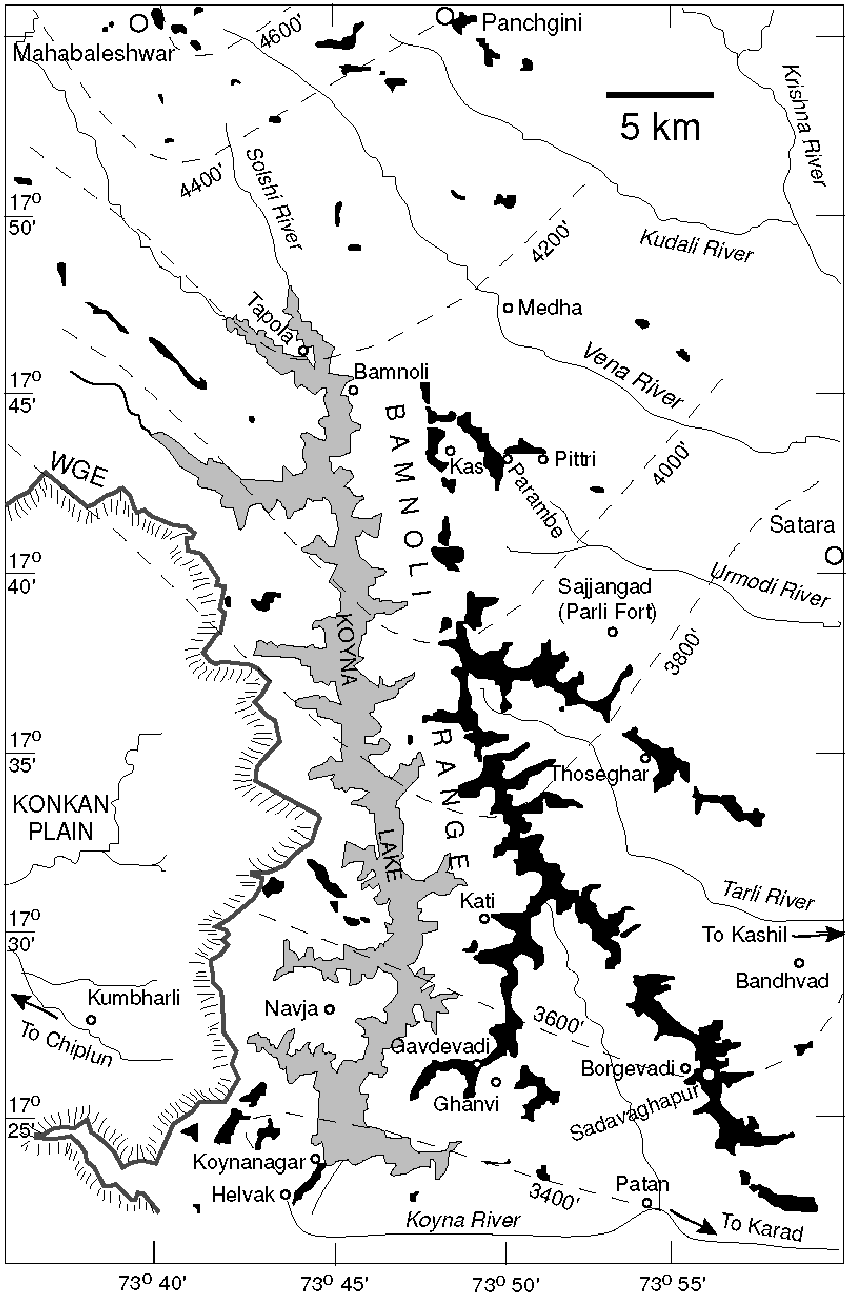
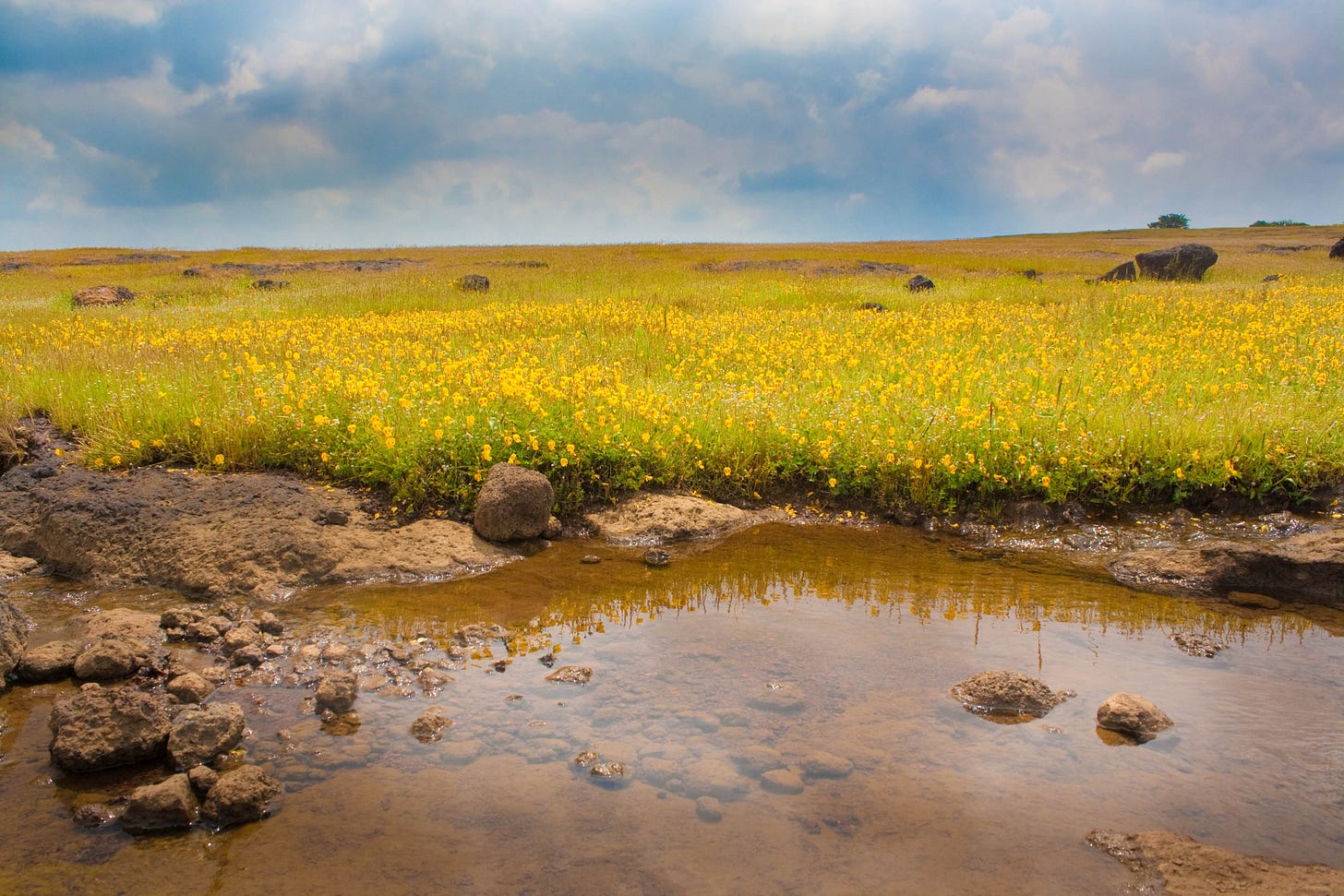
Wonderfuly elplained. Waiting for Goa's petroglyphus write-up eagerly.